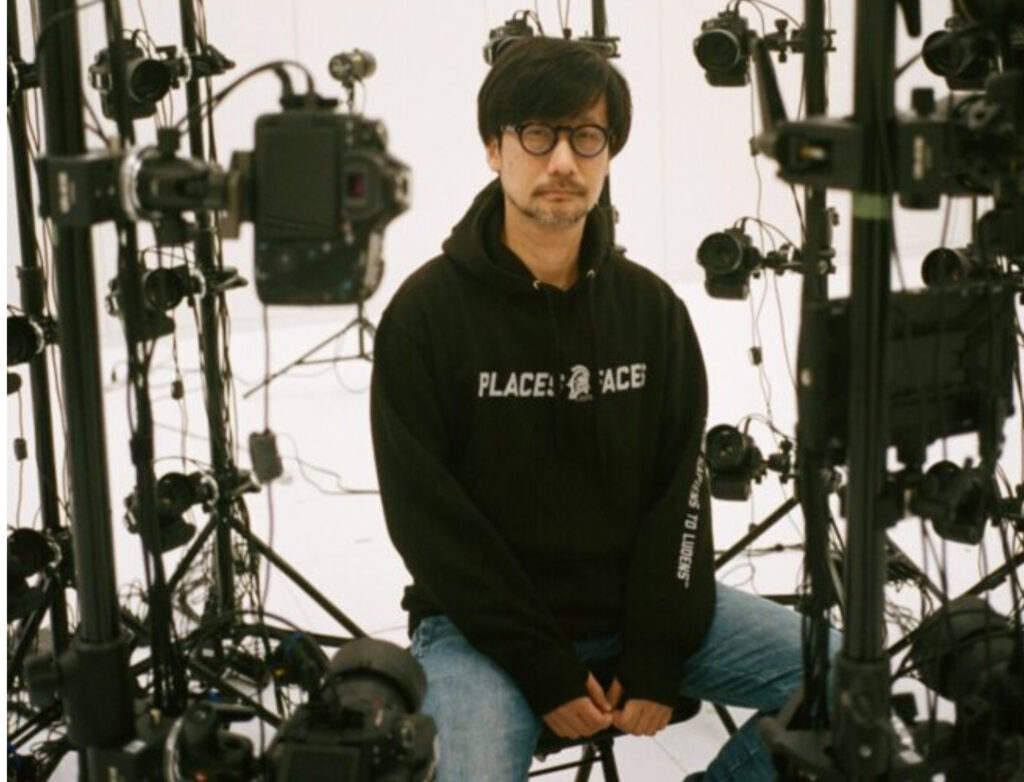Hideo Kojima is not just a game designer—he is a storyteller, cultural curator, and global creative force who has redefined the boundaries of interactive entertainment. With a career spanning nearly four decades, Kojima’s work has consistently pushed the limits of narrative complexity, cinematic immersion, and technological experimentation in gaming. Now in 2025, he is not resting on legacy. Instead, he continues to evolve, union, and surprise—cementing his place not only in gaming history, but in contemporary culture at large.
A Career Forged in Vision
Kojima first rose to global prominence in the late 1980s with Metal Gear, a stealth-action game that laid the foundation for a genre and spawned one of gaming’s most ambitious franchises. With each new installment—particularly Metal Gear Solid in 1998—he expanded the scope of what a video game could be: thematically rich, narratively layered, and philosophically provocative. These games didn’t just entertain; they asked questions about war, identity, surveillance, and the human condition.
That drive to treat games as a legitimate artistic medium continued with Death Stranding in 2019. Critically polarizing yet commercially successful, the game was a bold meditation on connection in an isolated world—an eerily prescient theme in the lead-up to the COVID-19 pandemic. As with much of Kojima’s work, Death Stranding was more than a game; it was an experience, merging cinematic storytelling, haunting sound design, and mechanical innovation into something deeply singular.
Kojima in 2025: Still Breaking New Ground
In 2025, Kojima remains a creative titan. His presence at events like the Tokyo Game Show reaffirms his role as both elder statesman and restless innovator. He doesn’t simply showcase games; he sparks conversation. His appearances are part performance, part masterclass, and part cultural event.
While fans continue to await news on Death Stranding 2, which was first teased at The Game Awards in 2022, Kojima has broadened his scope. His studio, Kojima Productions, has increasingly embraced multimedia storytelling, including a partnership with Xbox Game Studios for a mysterious cloud-based project, and development of his first feature film in collaboration with A24. It’s a move that feels inevitable for a man whose games have always felt like movies with a controller.
The Prada Connection: Culture Beyond Code
Perhaps most emblematic of Kojima’s reach beyond gaming is his participation in “Satellites,” a 2024 exhibition presented by Prada in Tokyo. This avant-garde exploration of narrative and technology featured Kojima alongside film director Nicolas Winding Refn, with whom he shares a mutual fascination for dystopian futurism and abstract storytelling.
Their flow wasn’t just a merging of fashion and gaming; it was a statement on the dissolving borders between disciplines. As media converge in the digital age, Kojima stands at the nexus—both absorbing and contributing to a world where storytelling flows across formats. His presence in Satellites wasn’t a cameo—it was proof that Kojima is an artist whose medium just happens to be interactive.
Connecting with Tokyo’s Underground Creatives
Another defining feature of Kojima’s 2025 is his continued investment in underground and independent artists. One of the most intriguing recent emergencies is with Ciesay, the photographer and co-founder of Places+Faces. Known for capturing subcultural moments in raw, unfiltered fashion, Ciesay brings a street-level aesthetic that contrasts—and complements—Kojima’s high-concept vision.
In Tokyo, a city that thrives on contrasts—old and new, synthetic and organic, luxury and punk—this kind of creative cross-pollination feels essential. Whether through art, photography, or fashion, Kojima’s collaborative efforts show a willingness to meet culture where it’s unfolding, not just where it has been institutionalized.
Historic Recognition, Contemporary Impression
Kojima’s work has not gone unnoticed in his homeland. In 2020, he received the Minister of Education, Culture, Sports, Science and Technology Award for Fine Arts—a rare and prestigious recognition for a video game creator. It was a watershed moment for the medium and a personal milestone that validated Kojima’s long-held belief that games can and should be seen as art.
Yet what’s most remarkable about Kojima in 2025 is that he doesn’t rest on these laurels. Instead, he continues to challenge himself and the medium. He tweets with the energy of a new artist discovering their voice, yet his ideas carry the weight of someone who helped define a generation. He’s a fanboy and a futurist all in one.
The Future: Multimedia, Multiverse
With the line between media forms eroding faster than ever, Kojima is one of the few who seems fully equipped to operate in that liminal space. Whether it’s Death Stranding 2, the rumored cloud project with Xbox, his first film, or whatever creative surprise lies next, the throughline is clear: Kojima is building worlds—not just games—and inviting us to live in them.
And the industry is watching. Younger designers, from Fumito Ueda to Neil Druckmann, cite him as a foundational influence. At a time when AI threatens to flatten creativity into algorithmic patterns, Kojima’s human-first, detail-obsessed, emotionally charged approach is more relevant than ever. He reminds us that the future of storytelling lies not just in technology, but in vision.
Impression
In an era where cultural longevity is rare and attention is fleeting, Hideo Kojima has managed to remain not only relevant but essential. His work continues to challenge norms, bridge disciplines, and provoke thought. From Metal Gear’s military conspiracies to Death Stranding’s emotional isolation, Kojima has always grappled with the deepest anxieties and hopes of our age.
Now, in 2025, he stands at a new crossroads—no longer just a game designer, but a cultural force spanning art, fashion, cinema, and beyond. And if history has taught us anything, it’s that wherever Kojima goes next, the world—virtual or otherwise—will follow.
No comments yet.








